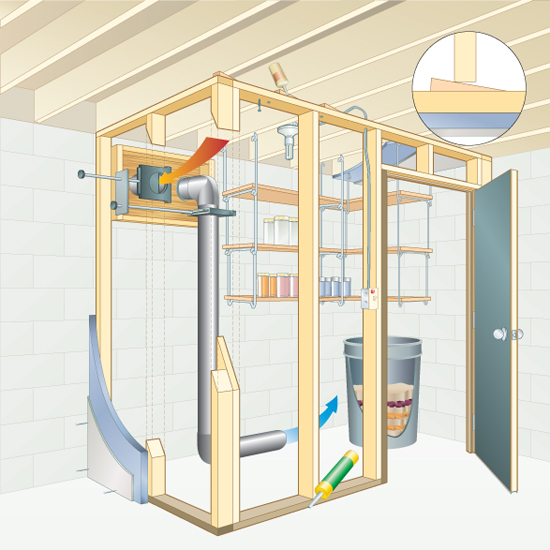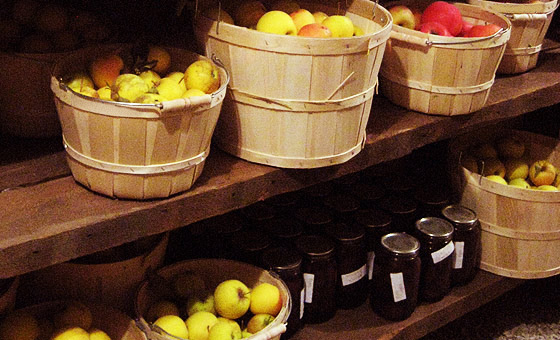Potatoes, cabbages, and other cold-season crops can be stored for months without spoiling, as long as they are kept in a cool, well-ventilated area. While an extra fridge works, a traditional root cellar is far superior. Root cellars, historically built beneath or next to homes, are insulated by the ground, keeping them cool during warm months and above freezing during winter. They provide more space and are ideal for long-term vegetable storage.

Modern basements may be too warm for proper vegetable storage, but you can still build a root cellar by sectioning off part of your basement and adding proper ventilation. This ensures a cool environment during winter months, but remember to monitor the outside temperature and close vents before it freezes, as freezing vegetables can cause damage.
Essential Aspects of a Successful Root Cellar
Ventilation
Location is key. A root cellar should ideally be placed in an area with a window for fresh outside air. You can replace the windowpane with plywood and run ventilation shafts through it. In cold climates, consider using insulated plywood to prevent freezing during winter.
Location
Choosing a corner of your basement with exterior walls will create the best conditions. This reduces the number of interior walls to build and ensures better insulation. If possible, select a corner on the northern side of the building for optimal temperature control.
Measuring Space
Before purchasing materials, measure the space and sketch a plan. A six-by-six foot area is usually sufficient. This compact space is perfect for vegetables and allows easy ventilation and insulation.
Building the Frame
To build the structure, start with a wooden frame for the walls and doorway. The walls don't need to be load-bearing, so you can space the studs farther apart to save on materials. Secure the frame with screws and wedges to fill gaps between the walls and ceiling.

Flooring
If your basement floor is damp, consider using composite decking material or treated wood for the bottom wall plate. Secure it with construction adhesive or concrete nails. For the door, either install a wooden door or a PVC strip door for easy access and to keep the cold air inside.
Insulation
For the best results, use extruded polystyrene foam for insulation. This material resists mold and water damage better than fiberglass, which is important for a basement root cellar. You may need to cover the foam with fire-resistant materials to comply with safety codes.
Ventilation System
Install dual ventilation with intake and exhaust vents on opposite sides of the cellar. Place the exhaust vent near the ceiling and the intake vent near the floor to ensure proper airflow. For added airflow, you can install a small electric fan in the exhaust vent. Use wire racks on shelves for better circulation.
Do You Have Any Root Cellar Tips?
Have you built a root cellar? What advice would you give to someone planning to build their own? Share your thoughts and tips in the comments below!














